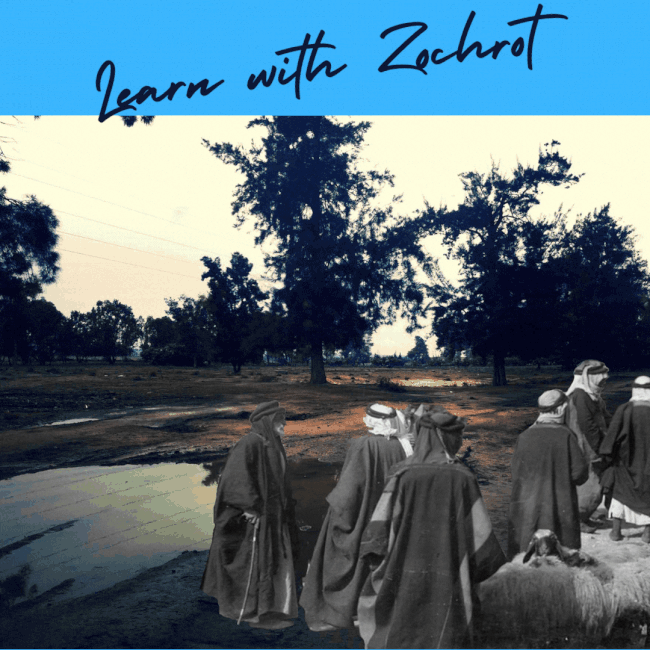Children of Noah - Wedding Scene
Children of Noah follows the young anthropologist and Jewish scholar, Rachel Feldman, as she discovers a new religious movement spreading through the internet. We first meet her in Jerusalem, where she is researching Israel’s growing fundamentalist-religious right wing. The people she follows envision the revival of a biblical-style Judaism and mobilize to transform Israel into a theocracy. Over three years, Rachel interviews them, prays with them, lives in their Jewish-only settlements, and ascends with them to the Temple Mount, which they dream of annexing from the Palestinians. Through this journey, Rachel realizes the movement she is tracking has moved beyond the borders of Israel, and through the internet, gained traction in Christian communities around the world.
Rachel discovers that thousands of formerly Evangelical Christians are abandoning Jesus and assuming a ‘Noahide’ religious identity, named after Noah who survived The Flood of the Book of Genesis. She also discovers that under the guidance of extremist right-wing rabbis, Noahides study Torah and adopt new Jewish-like rituals. Fascinated and fearful of this discovery, Rachel sets off to The Philippines – home of the largest Noahide community in the world. A devout Catholic nation and Asia’s only Christian-majority state, The Philippines is now home to 15 Noahide synagogues. As she visits these communities, Rachel meets Emmanuel, a prominent Noahide leader whose father was a famous Evangelical preacher. After his father’s death, Emmanuel converted all of his father’s “brethren” into Noahides and quickly became a middleman between them and their now-revered Rabbis in Jerusalem. With Emmanuel, Rachel travels to Pinamungajan, a community of Noahides living in a remote village in the mountains. There, she witnesses their first wedding, performed in their brand-new synagogue. While they dress like Orthodox Jews and pray in Hebrew, the Noahides are actually performing unprecedented rituals designed in recent years and transmitted to them by Emmanuel. In one lecture, in the near-total darkness of the jungle, she watches him explain an idea he claims as Jewish. Speaking to the community members, who listen attentively though exhausted from the day’s labour, Emmanuel says that there exists a spiritual hierarchy of souls and that their now-saved Noahide souls are essentially still only as high as an animal’s. “What is the difference between us and them?” he asks, “we are nothing compared to the Jewish people. We are dust”.
Horrified by this supremacist idea, Rachel returns to Israel to uncover how Emmanuel has come to preach it. As an observant Jew, Rachel is disturbed by this perversion of her faith. We witness her baking the Shabbat bread and reflecting on potential roots to such an ideology within Jewish liturgy. She tracks down the leading rabbis proselytizing to, and writing rituals for, Noahides. She watches them lead online lectures with communities from India to France, Cameroon, and Mexico. She comes to understand one man lies in the center of both the far-right political coalition endorsing a biblical religious state, and in the center of the religious coalition converting Christians into Noahides.
Born in Algeria to a prominent Zionist family and raised in France, Rabbi Uri Cherki immigrated to Israel in his youth and joined the Israeli army. He attended prominent religious schools and studied under esteemed religious leaders, quickly rising to prominence and establishing his own institution – the World Noahide Center. Rachel watches him there preach to French Noahides over Skype. “It’s not about converting 8 billion people,” he says to the webcam. “First, let’s convert 1 billion and we’ll worry about the rest later.” Spending time with Cherki, Rachel discovers the movement has garnered support from the highest levels of government. She follows him as he visits the Minister of Foreign Affairs and witnesses her offer global support for the Rabbi’s proselytizing mission.
Rachel then discovers what role the rabbis see for the Noahides. As one puts it, when all the world’s non-Jews convert, millennia-old Jewish prophecies will be fulfilled. It will begin with the revelation of a Messiah, then a global holy war from which Israel will emerge victorious and rule the world. “We want to bring about one world government, one world religion, which is under the auspices of God who will rule the world through the Messiah,” he says. As the rabbis pave the way for this scenario, other far-right leaders crave the political potential of gaining a global network of spiritual allies, supporting Israel’s conversion into a theocracy. Rachel uncovers that a third of the parliament already supports this idea and that half the Jewish population believes non-Jews should be expelled.



